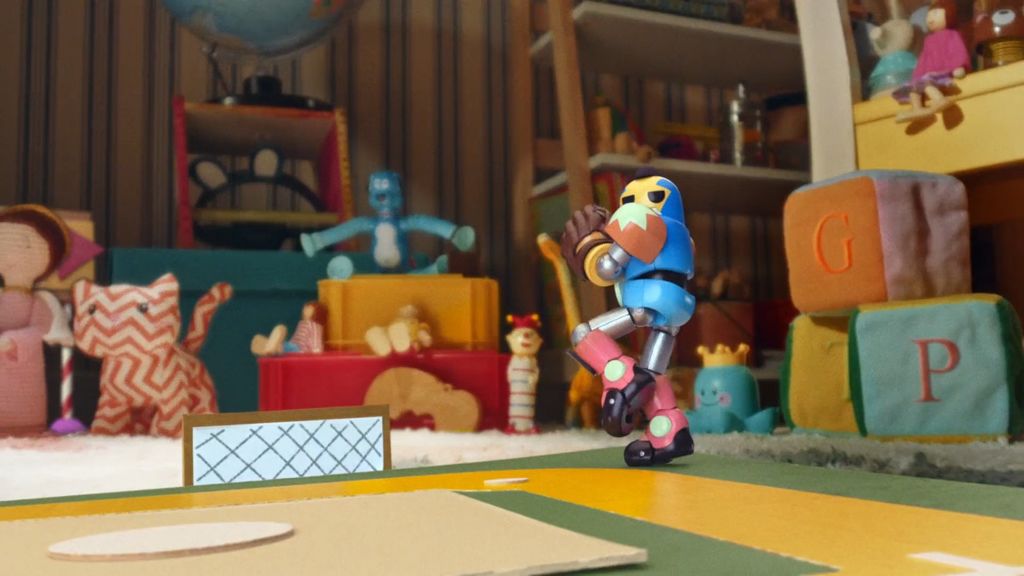Shell unveils the giving pump
Final Frontier and VML collaborate on new Shell campaign film directed by Dirty Work.
Final Frontier, in partnership with VML Atlanta, has released a captivating new 30-second film for Shell’s The Giving Pump campaign.
This nationwide initiative, returning to over 7,500 Shell stations, encourages consumers to “fill up for a good cause,” with proceeds from designated pumps supporting children’s charities. Directed by Gustavo Leal and Faga Melo from Dirty Work, one of Final Frontier’s renowned director teams, the film beautifully combines stop-motion and animation to tell a compelling story about how everyday actions, like fuelling up at Shell, can have a profound impact on children’s lives.
In the film, the narrative unfolds in a child’s room, where toys come to life in a symbolic representation of the hope and joy brought by the initiative. Speaking about the creative approach, Faga Melo shared, “Our challenge was to not only explain the mechanics of the campaign but also to visually express how Shell’s initiative, and the participation of its consumers, could directly change the lives of many children.” The goal was to craft a visual experience that appeals to adults, but evokes the playful and imaginative spirit of childhood, a reminder of what Shell’s charitable work aims to protect and nurture.
Credits
powered by
- Agency VML/Atlanta
- Production Company Final Frontier/Los Angeles
- Director Dirty Work
-
-
Unlock full credits and more with a Source + shots membership.
Credits
powered by
- Agency VML/Atlanta
- Production Company Final Frontier/Los Angeles
- Director Dirty Work
- Director Faga Melo
- Director Gustavo Leal
- Animation Dirty Work Factory
- Sound/Music Facundo Capece

Credits
powered by
- Agency VML/Atlanta
- Production Company Final Frontier/Los Angeles
- Director Dirty Work
- Director Faga Melo
- Director Gustavo Leal
- Animation Dirty Work Factory
- Sound/Music Facundo Capece
The creative process behind the film was a collaborative effort between Final Frontier, VML, and the directors. From the outset, the team worked closely to develop a story that would resonate emotionally. According to Gustavo Leal, “We wanted to build a world where toys come to life in a child’s room, a child who has the opportunity to play because of this initiative. That playful atmosphere was key to engaging viewers, while also making sure the message of the campaign was clear.”
To achieve the intricate visual effects, the film employed a mix of stop-motion, live-action, and CG animation. The integration of these techniques presented its own set of challenges, but the directors and their team meticulously planned every detail to ensure a seamless blend. Motion Control technology was used to precisely repeat camera movements, which allowed for smooth transitions between the live-action shots and animated elements. “Working with different techniques demands a lot of attention to detail, but it was only through the collaboration of many professionals, all focused on the same vision, that we were able to bring the film together,” Leal explained.
)













